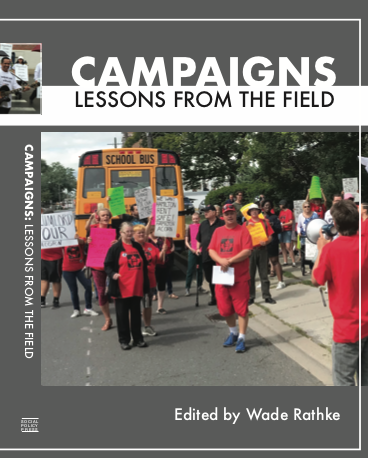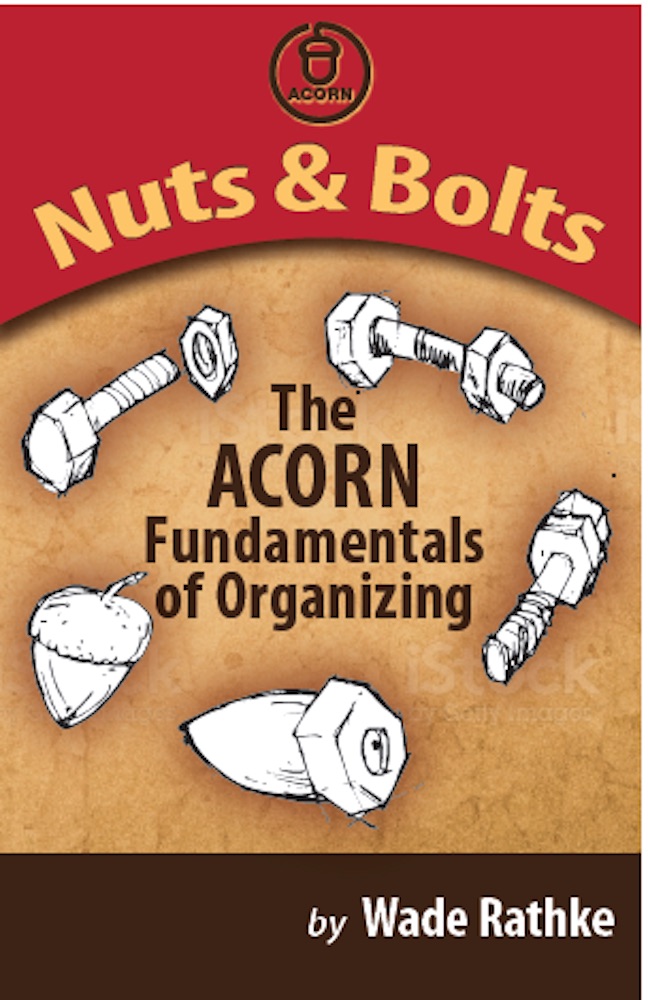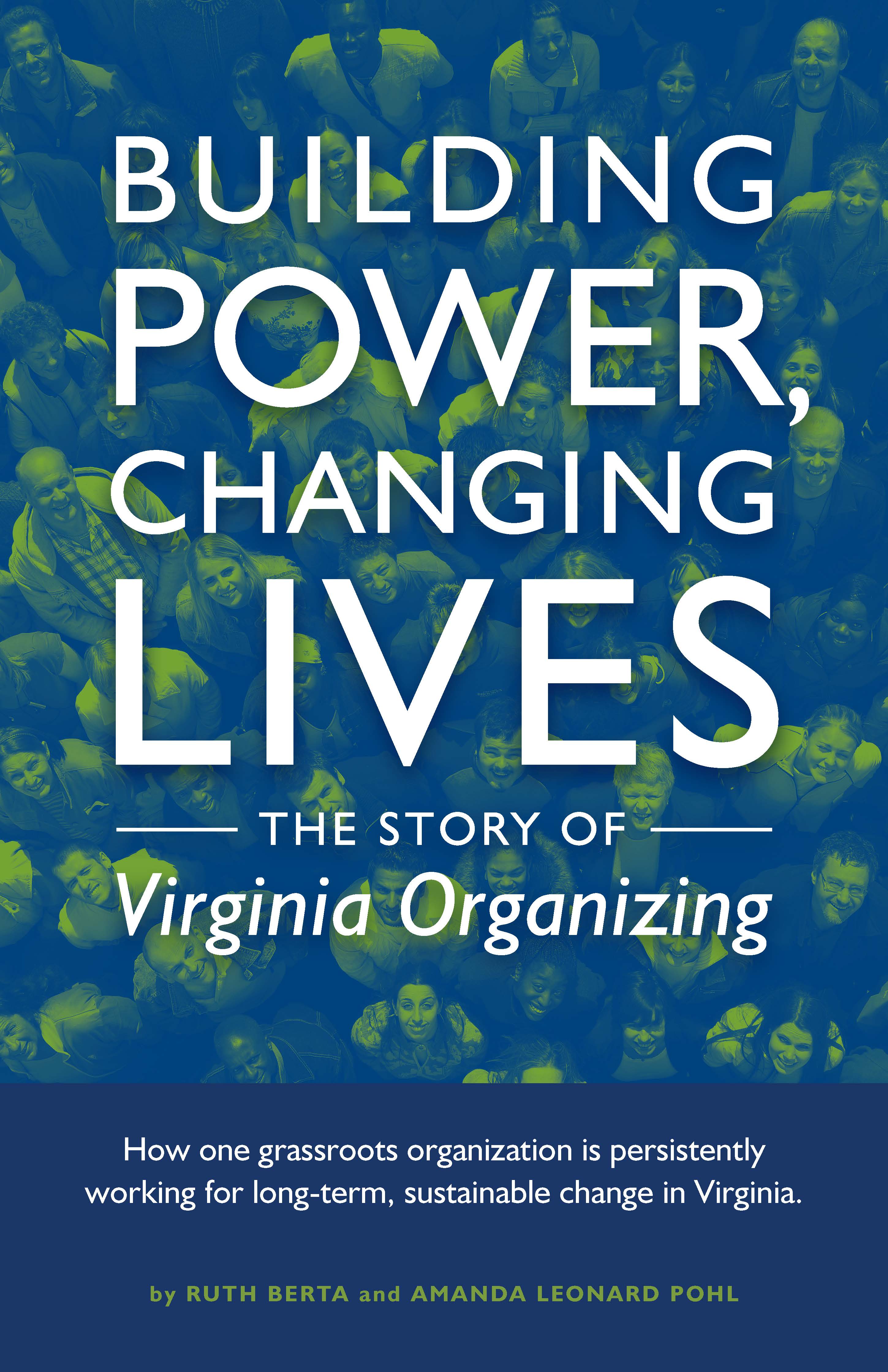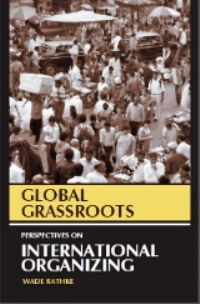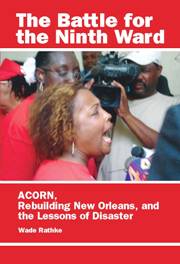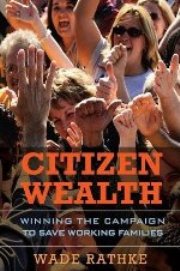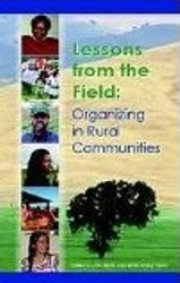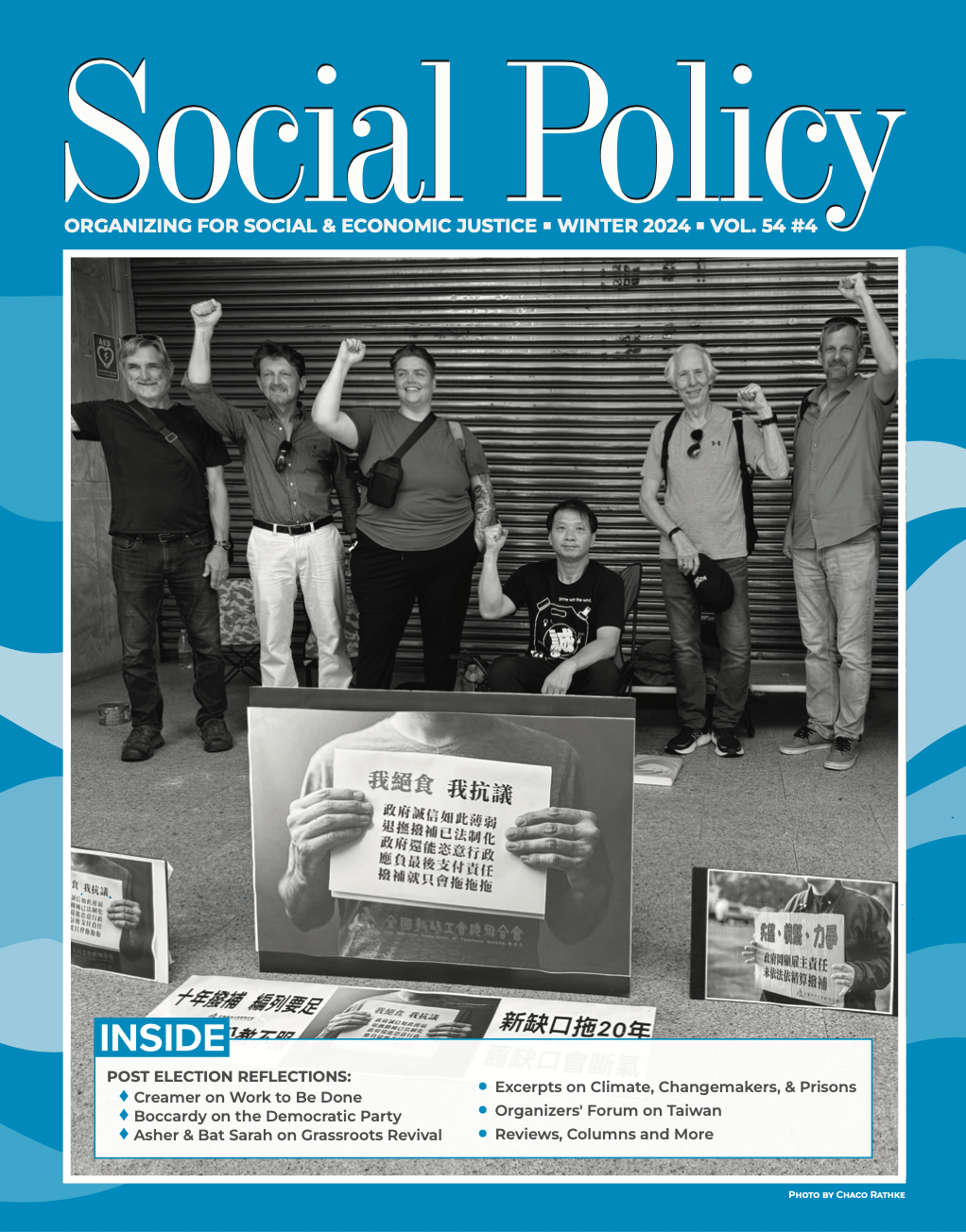BOOK REVIEW: Labor History from the Bottom Up!
Written by Cal Winslow
A Window Into an Era that Changed Working People’s Place in American History
A David Montgomery Reader - Essays on Capitalism and Worker Resistance
Edited by Sheldon Stromquist and James R. Barrett
David Montgomery was one of the great American historians, a pioneering figure above all in labor history and the new labor history of the 1960s and 70s. This new collection of his writings, A David Montgomery Reader, subtitled Essays on Capitalism and Worker Resistance, is a much-deserved tribute to him, as well as gift to a new generation of labor activists and socialists, an indispensable weapon in these troubling yet still promising times. A big book, 450 pages, its essays were written in the years from 1958, when he celebrated the Great Northern [railroad] Strike of 1894 to a fascinating previously unpublished essay in c. 2000, “Challenges Facing Historians of the Working Class.”
It is organized into seven sections by content though partly chronological: 1) Writing the People’s History, 2) Working Class Formation, 3) Mutualism and Contention: Strikes, Immigrants and Working-Class Consciousness in the Nineteenth Century, 4) Toward a History of Workers Control, 5) After the Fall, 6) The Move to Global and Comparative Study, 7) Political Interventions, all of which educate and inspire. In the words of the volume’s editors Shelton Stromquist and James R Barnett, “This collection of David Montgomery’s essays provides a crucial window on the evolution of labor history during an especially creative period in which new ways of understanding the American working class and its history took shape.” [1]
Montgomery was still a young man when he began teaching in 1963 at the University of Pittsburgh, and still in his thirties when he joined the late E.P. Thompson- the newly appointed Director of the Center for the Study of Social History in Warwick in the West Midlands -as a visiting lecturer. Thompson had just published The Making of the English Working Class (1963) and already was at the center of a group of Marxist historians sending shock waves through the polite smoking rooms of eighteenth/nineteenth century studies, permanently changing the landscape of that epoch – E.J Hobsbawm, Christopher Hill, Dorothy Thompson, John Saville, all once associated with Dona Torr’s celebrated Communist Historian’s Group. All had been Communists, all veterans, and also all activists in working class movements, young scholars who returned from service not to join the still prestigious paths in education and university teaching, instead to be part of what was called in the UK, “the spirit of 46.” [2] Thompson with his family would settle in Halifax in the industrial West Riding of Yorkshire, far from both metropolis and the cloisters and towers of Oxbridge, to teach adult education. Collectively they became practitioners of a “new labor history,” sometimes called social history, a history that restored the role of agency to working class people, emphasizing experience and putting history from the bottom up back on center stage. Montgomery fit right in.
Montgomery too had been a Communist, resigning, like Thompson, in the crisis of 1956, Khrushchev’s revelations and the crushing of a workers’ revolution in Hungary. After stints at Swarthmore, in the army and one “stultifying” term as a graduate at Columbia, Montgomery became a factory worker, working first as a machinist in New York, then in Minneapolis, where it was the heavy hand of management and the black list as much as anything else that pushed him back to the academy, this time for a PhD at the University of Minnesota. In 1963 he was hired as an assistant professor at the University of Pittsburgh where he remained for 14 years, a popular professor who routinely received awards for his teaching as he did later at Yale. Students loved and admired him. “He was such a brilliant man, yet he treated us as peers, that is why we worshiped him, remembers Priscilla Murolo, Professor of History, Sarah Lawrence College.[3]
Montgomery’s first book, Beyond Equality, was published in 1967, his last, the magisterial The Fall of the House of Labor in 1987; the two are in a sense bookends for an array of books and many dozens of articles and reviews. The scope of his interests was daunting, as is evidenced in this volume, but it is everywhere tied together by the experience class and an insistence that working class history must be placed at the center of US history. Montgomery welcomed racial and gendered contributions, as they came, but only in the context of the complexities of the working-class experience, and insofar as it deepened our understanding of the pervasiveness class.
The seventies, a decade of working- class radicalism, was in many ways the heyday of the “new labor history”; universities established labor centers, bookstores all seemed to have sections set aside for labor studies, graduate seminars were packed.[4] Alas, it was not to last. The election of Ronald Reagan coincided with the end of the post-war boom and the exhaustion of the rank- and- file rebellion. Millions of workers, white collar, public sector, teachers had joined the labor movement; but the great unions, the product of the thirties - in auto, steel, trucking, mining - all went into steep decline. Inside the universities a “war of extermination” was declared on historical materialism – victorious as often as not, its conquests policed by post modernists who savaged the writings of the Marxists including Thompson, attacking even his monumental The Making , still in print today sixty-two years on.[5] The volumes in labor studies that were produced were more often reproving than celebratory. Today it’s difficult to find a place for labor history in a university bookstore and the number of students seeking degrees on working class studies is much diminished. This is beginning to change, hopefully.
Montgomery, with the others, drew no sharp line between what is and what ought to be, nor between the life of an academician and the lives of ordinary people. He insisted that historical understanding required an engagement with working class people; it had to be shared with them. He found himself surrounded by activists at Warwick, including Thompson himself who, famously, admonished socialists “to be willing to put on their boots… and walk among the people, listen to them… and have a touch of humility before their experience.”[6] The University, located on the outskirts of Coventry, ironically then called by some “the Detroit of the England.” The city was a center of unrest in the auto factories. Montgomery invited by militant young shop stewards to share with them the experience of US auto workers. He agreed, establishing a personal relationship with groups of workers, then on the front lines of an industrial war in England. shop stewards.
I first learned about David Mongomery as a student of Thompson’s when one night in the wee hours in Warwick’s registry -which we had then taken over - we discovered in the Chancellor’s files evidence of systematic spying on students and faculty alike, including David Montgomery. One file revealed a close, ongoing, secret relationship between the Chancellor and the managers of Coventry’s auto factories. The management of the company Rootes, routinely spied on the activities of Warwick’s radicals; on one occasion it sent a spy to report on Montgomery who had been invited by a shop stewards committee to talk about the experience of American auto workers. These managers were also interested in seeing if Mongomery could be found to be an “undesirable alien,” eligible for deportation. [7]
The spy, a N. P. Catchpole, reported back of finding little such evidence but that “Montgomery’s speech revealed a very definite bias against employers in general. I can only guess from seeing the man that he would be most likely to exhibit a similar bias in his lectures at the university. If this is the case the students most certainly would be exposed to a most undesirable indoctrination… He found, however, nothing which would allow prosecution of Montgomery under the Aliens Restriction Act.”[8] Thompson was infuriated.
The students’ findings were reproduced by morning in time for publication in the afternoon papers. Thompson championed our action and roused the faculty; within weeks he and a group of post-graduates had produced a powerful expose of the “transatlantic,” business university. All together it produced a national scandal. Multiplying occupations produced more evidence of secret collaborations. Warwick became “Red Warwick.”
Montgomery’s activism continued back home; he worked with groups of workers and at union conventions. He spoke at strike rallies. I saw him speak in support of striking machinists at Westinghouse’s giant Wilmerding Air Brake plant near Pittsburgh, the “Steel City.” But perhaps he will be best remembered as a powerful ally advocating for dining hall, clerical and technical workers and teaching assistants in their rallies, strikes and unionization campaigns at Yale University, where he began teaching in 1979. (I never understood why he chose to go to Yale.)
Montgomery’s writings all reveal the working class as a progressive force, not always in its majority, but always there. Nineteenth century radicals understood this; twentieth century rebels built upon their movements. If, in the 1950s, the working class was pronounced dead and buried - in a recurrent historical amnesia - a collective memory endured. Mongomery points to the strikes of the seventies, which recalled organizing drives in the thirties, including when Pittsburgh UPS workers, in defiance of their union, sent roving pickets into Ohio, Pennsylvania and Kentucky, in defense of full-time jobs.[9] The seventies, the last upsurge, was a decade of intense working -class struggle; it rivaled the World War I years of conflict, above all in the thousands of strikes, most interestingly in the defiance of wildcat strikes. It will not be the last. Montgomery insisted that historians assign major importance to this history, writing of the highs and lows of working- class rebellion. “The taproot of its resilience has been the workers’ daily experience and the solidarities nurtured by that experience, which have at best encompassed a lush variety of beliefs, loyalties, and activities within a common commitment to democratic direction to the country’s economic and political life.”[10] It is high time we remember this today, seeing as we do an upswing in working class militancy - at UPS, in the auto plants, among health care workers and teachers and baristas, even now at Amazon. The working class, a sleeping giant, might yet awaken; it is unwise to underestimate it. He sums this up best: “although it [is} made up of millions of individuals, dozens of religions and nationalities, several races and two sexes, the working- class [remains] a formidable fact of American life," still a force always to be reckoned with.[11]
Mendocino, CA
December 4, 2024.
Cal Winslow’s latest book is Radical Seatle, The General Strike of 1919, Monthly Review
[1] Sheldon Stromquist and James R. Barrett, eds., David Montgomery Reader (Urbana, Chicago and Springfield: University of Illinois Press, 2024), 2.
[2] Cal Winslow, ed., E.P. Thompson and the Making of the New Left (New York: Monthly Review Press), 34.
[3] Letter to author, October 28, 2024.
[4] Cal Winslow, ed., E.P. Thompson and the Making of the New Left (New York: Monthly Review Press), 9-35; David Montgomery, “Challenges Facing Historians of the Working Class,” Unpublished, 2000, 411, Sheldon Stromquist and James R. Barrett, eds., David Montgomery Reader (Urbana, Chicago and Springfield: University of Illinois Press, 2024), 411.
[5] David Montgomery, “Challenges Facing Historians of the Working Class,” Unpublished, 2000, 411, Sheldon Stromquist and James R. Barrett, eds., David Montgomery Reader (Urbana, Chicago and Springfield: University of Illinois Press, 2024), 412.
[6] Cal Winslow, ed., E.P. Thompson and the Making of the New Left (New York: Monthly Review Press,) 34.
[7] E.P. Thompson, ed., Warwick University Ltd (London: Penguin, 1970), 13-14.
[8] Ibid.
[9] David Montgomery, Workers’ Control in America (Cambridge: Cambridge University Press, 1979), 173.
[10] David Montgomery, The Fall of the House of Labor (Cambridge, New York: Cambridge University Press 1987), 8.
[11] David Montgomery, The Fall of the House of Labor (Cambridge, New York: Cambridge University Press 1987), 328.


